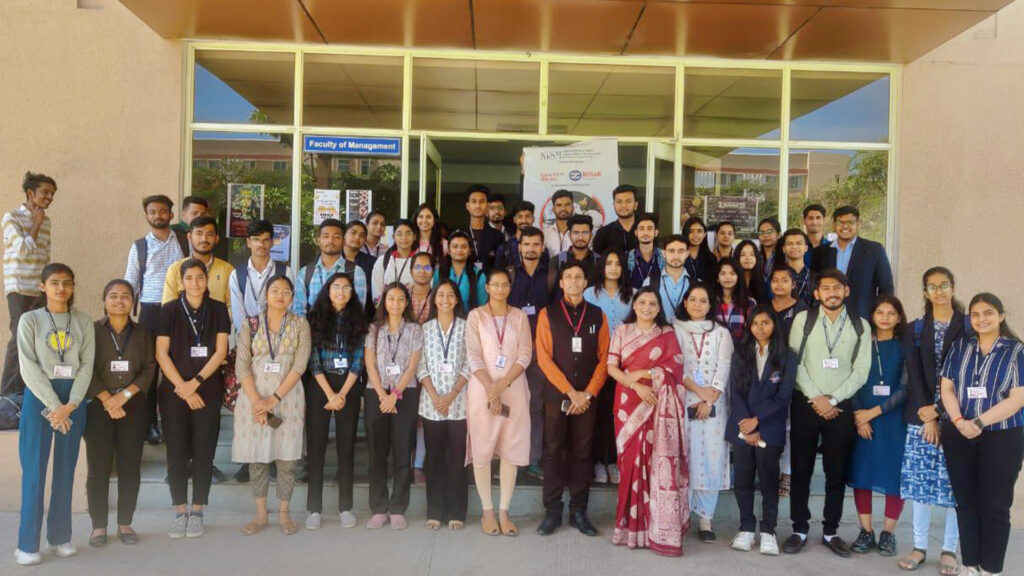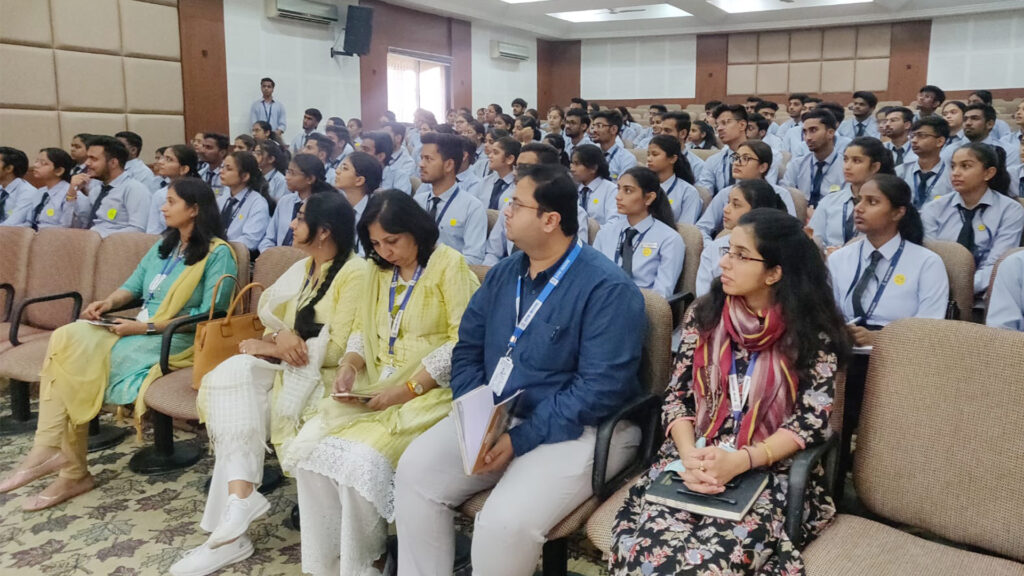Mother Nature- The Ultimate Guru
MOTHER NATURE –THE ULTIMATE GURU Author: – Dr.Rachanaa Datey Imagine a world without nature, without trees, clouds, snow, Flowers, fruits, rivers, Oceans, mountains, animals, birds … For those who value nature recognize its ability to generate emotional and societal values, ability to generate emotional connections with Mother Nature is priceless. Nature is a medium to connect our souls with ourselves. For this we don’t have to be a mediator or a spiritual practitioner. We all can experience this because nature is our mother. She is always a healer. This art of god teaches us many life lessons. These lessons of life can be learned from Trees, Birds, Animals, Insects, Oceans, Rivers, Sky, Clouds, Rain, Wind Sun, Moon, Stars. Look to nature as your teacher, a silent teacher. These are some of the humbling lessons and answers we get by tuning into nature. Earth Earth is that powerful glue that holds in place the tiniest microbes, the most gigantic trees and even man-made superstructures. An individual can harness his or her own earthiness and stand steady and firm. The creative force behind everything is dependent on the strength of its nurturing element — the Earth. It teaches us to be solid and dependable. We should learn art of balancing too. One must be gentle most of the time and at the same time adore the virtues of greatest depths conceal unmatched power just like mother Earth. Mountains The steep cliffs, the forbidding peaks and the deadly cold are just some of the few dangers that we stand barely exposed to when in the mountains. They tell us to overcome our fears. Because once we overcome obstacles no one can stop us to stand at the peak and, there’s nothing as exhilarating as that moment. Mountains stand firm, poised and majestic. Regardless of the external situations life will bring you, remain strong like the mountains do when faced with tempest, rain storms, and water erosion. Oceans The vast ocean can’t exist without each particle of water. The constant nature of change exhibits itself more profoundly in the ocean. Life also doesn’t stop moving. One of the many vital lives lessons Ocean teaches us is aggression. A big part of life is defined by adversities. Sometimes, it simply wants us to let go of our beliefs. And other times it wants us to start over again. Each human being plays its part in humanity. We are all one small part of the greater whole. Rivers Rivers exemplify selfless service. They facilitate the flow of water from one source to another but do not keep anything for themselves, giving to the earth, the sky and the ocean what belongs to them. After nourishing life upon earth in various ways and helping many, they become empty, giving up the remaining water to the oceans. By that, they teach us an important lesson about renunciation, suggesting that instead of assuming ownership of things and becoming selfish, one should help others to the extent possible. Weather Just like weather, nothing is certain in life. We can’t control and prepare for everything. On days when there is suppose to be sunshine, the rain may unexpectedly fall. Don’t let your mood be affected by the weather. Don’t wait for extraordinary moments to take your breath away, look to nature and bring that beauty into all that you do and every moment of your life. Tending a garden, folding laundry, consoling your child having a tantrum or cooking a meal- all regular tasks take on a sacred quality when we perform them with the total involvement, acceptance and love. Trees The trees around us guide us to learn acceptance and non-resistance. A green leaf doesn’t resist turning red /yellow when autumn approaches. Trees don’t resist leaves falling when winter arrives. They stand deeply rooted in the ground, with the braches open and spread wide, surrendering to the Universe and welcoming the birds, animals to have shelter in them. Flowers They convey a sensation of freshness and soften our hearts when we are unhappy and drained. They cleanse our environs and uplift our life when we are feeling sad. Life is a flower of which love is the honey. A flower has countless qualities we can learn from. They blossom in all sorts of natural environments. We all carry a different fragrance, color and beauty for the world to enjoy. Flowers don’t discriminate who they share their beauty and fragrance with. True compassion and love comes from sharing your beauty with all you meet. Birds Birds flying high through the sky represent the limitless freedom and potential available to us if we let go our fears. They teach us to leave our comfort zones and be adventurous. Taking off to fly for the first time can be scary and bring about feelings of fear. Without taking the risk of the first flight, we won’t find the internal freedom we desire. We must dare to take our feet off the ground, spread our wings and rise. Animals They teach us to accept you as we are, know our weaknesses and strengths and embrace our unique beauty and gifts which nature has bestowed upon us. They also teach us survival skills. Survival of the fittest is another lesson we can learn from them. They teach us that, Love is felt in the heart by making eye connection, being in someone’s presence and through physical touch. Insects The community of bees and ants all participate together to benefit all those in their community. We each have our own calling and duties as well as responsibilities that is best performed by us. Each member is necessary for a functioning family, community, nation and world. We should embrace our special responsibility, share it proudly with the world, and always do your best. Butterfly Strong determination and grit is often the necessity of dreaming and fulfilling impossible dreams. We can look forward to learn from the butterfly. Butterfly is the most fragile mortal existing.





